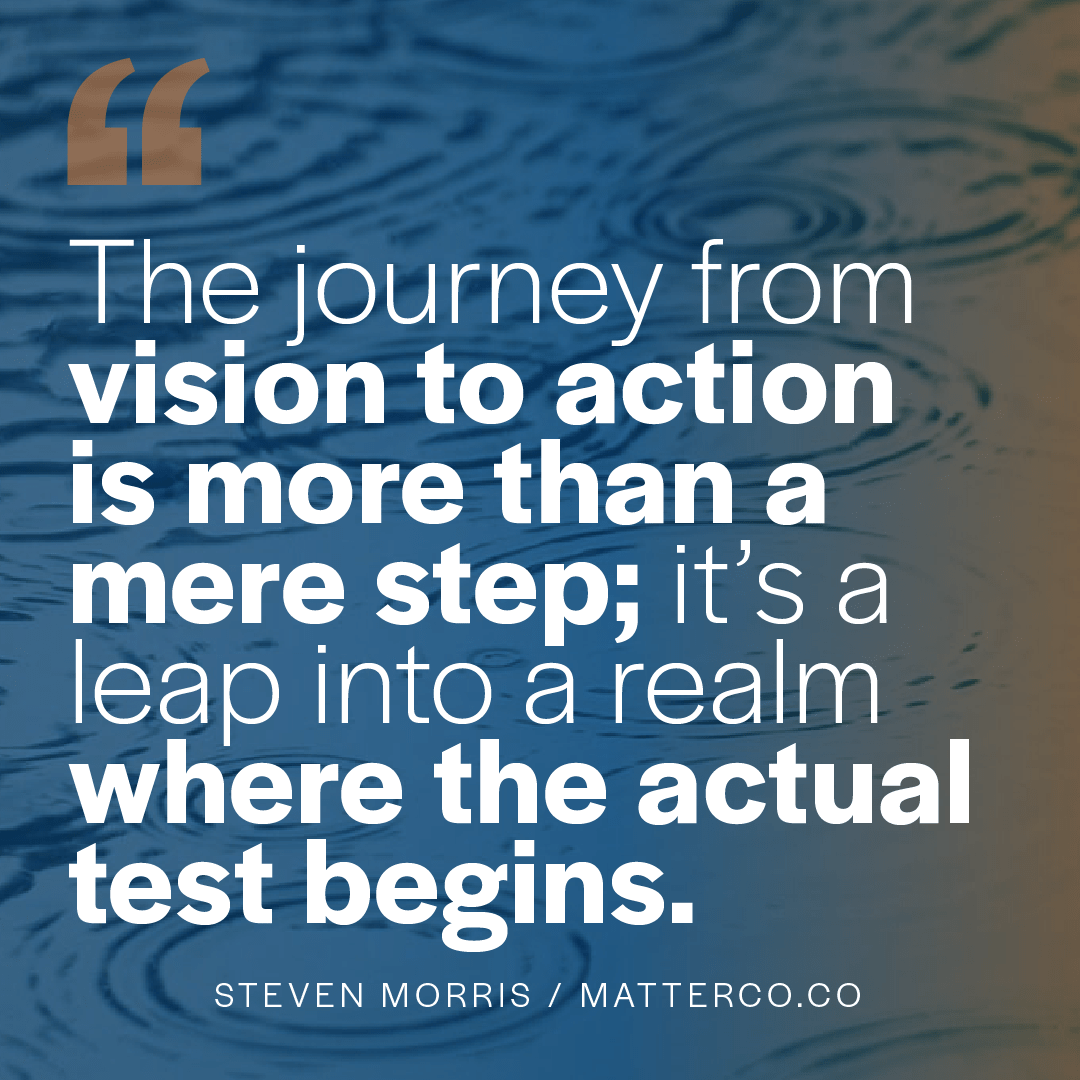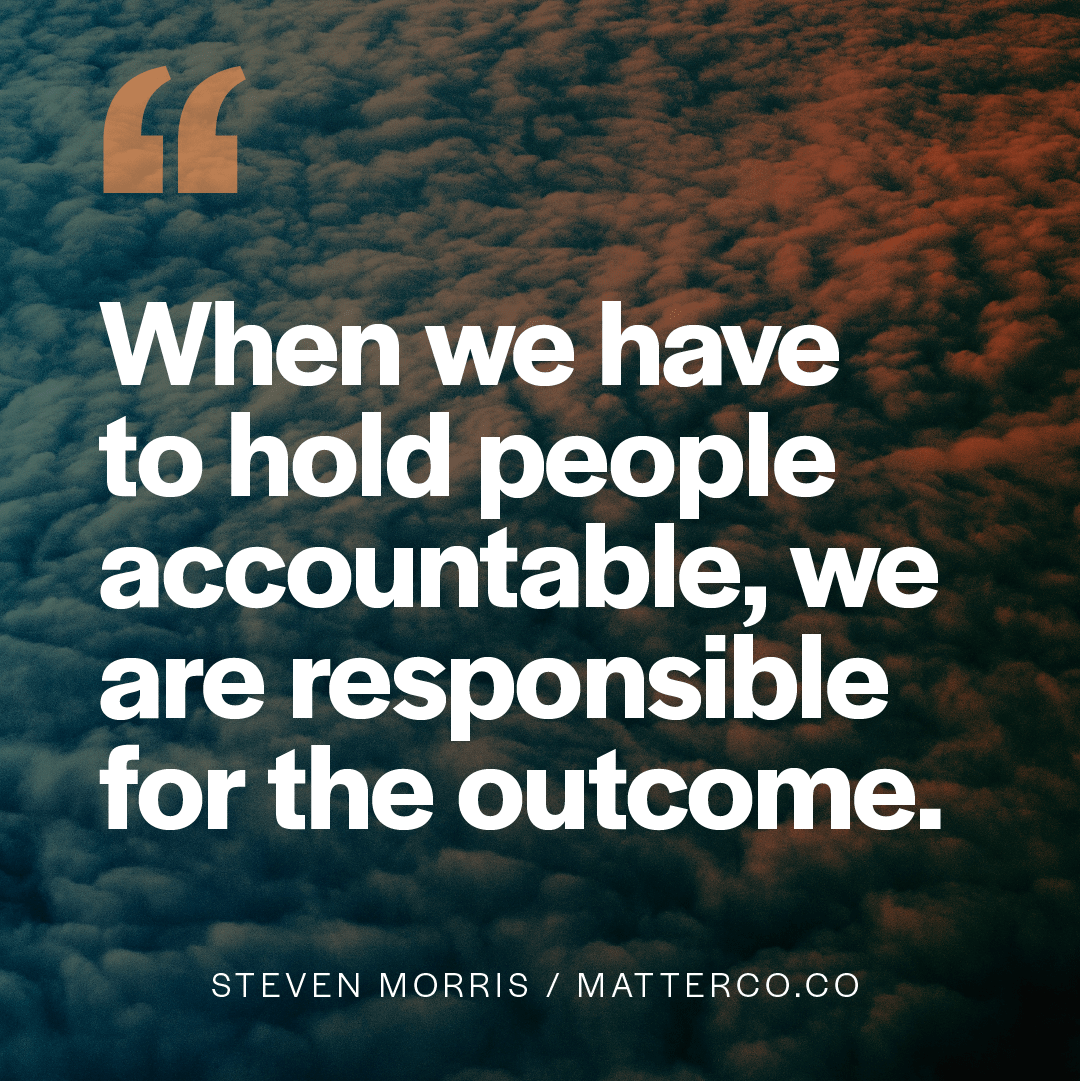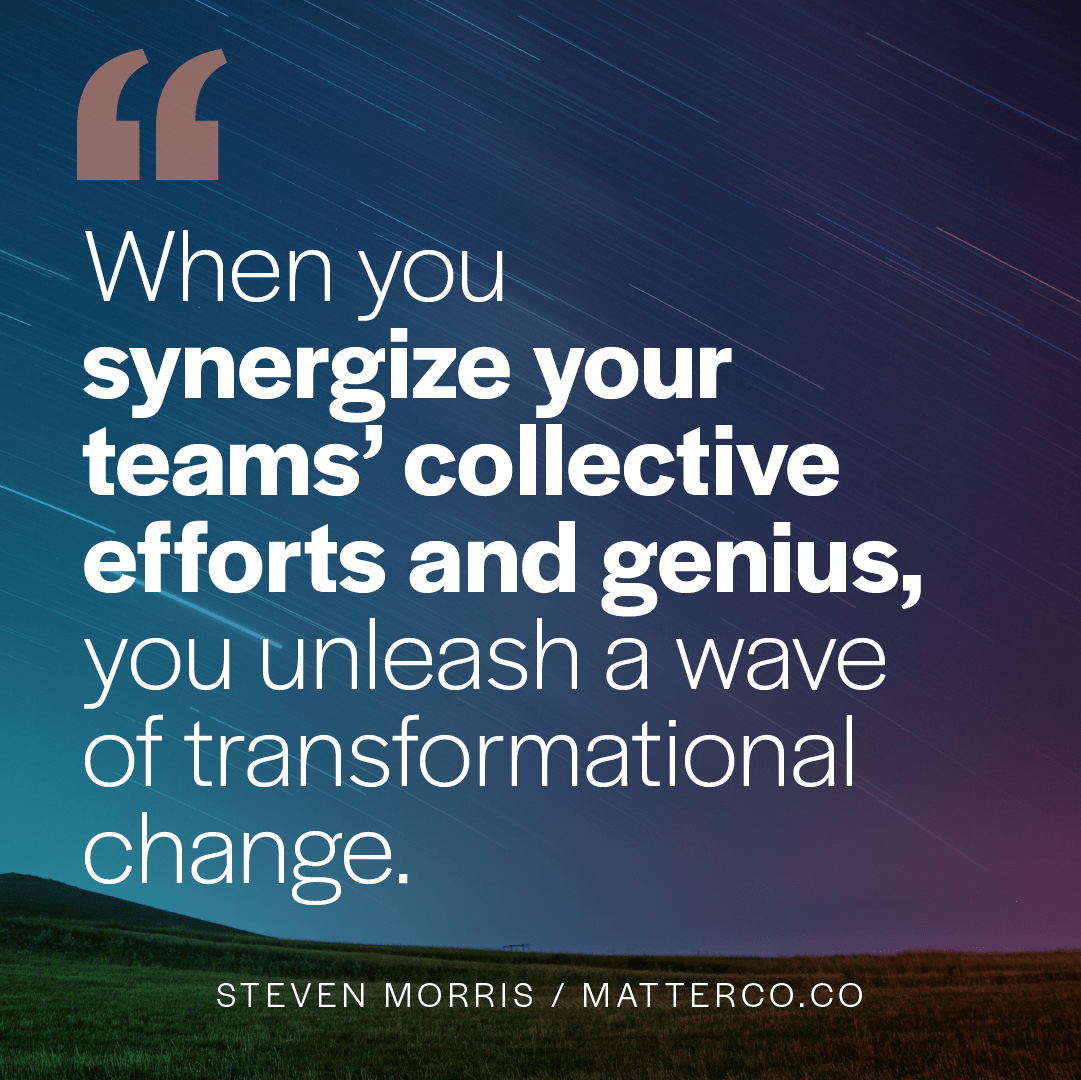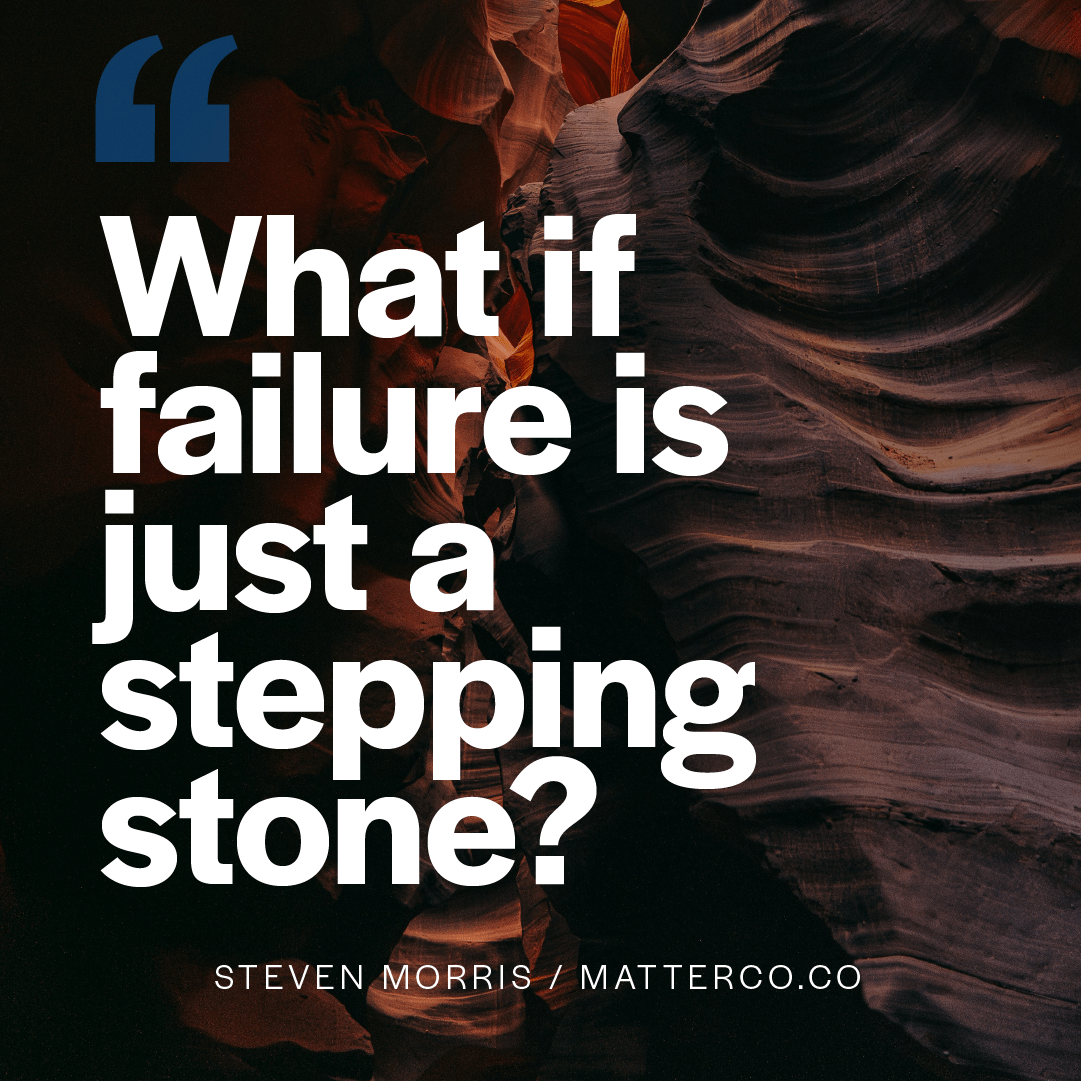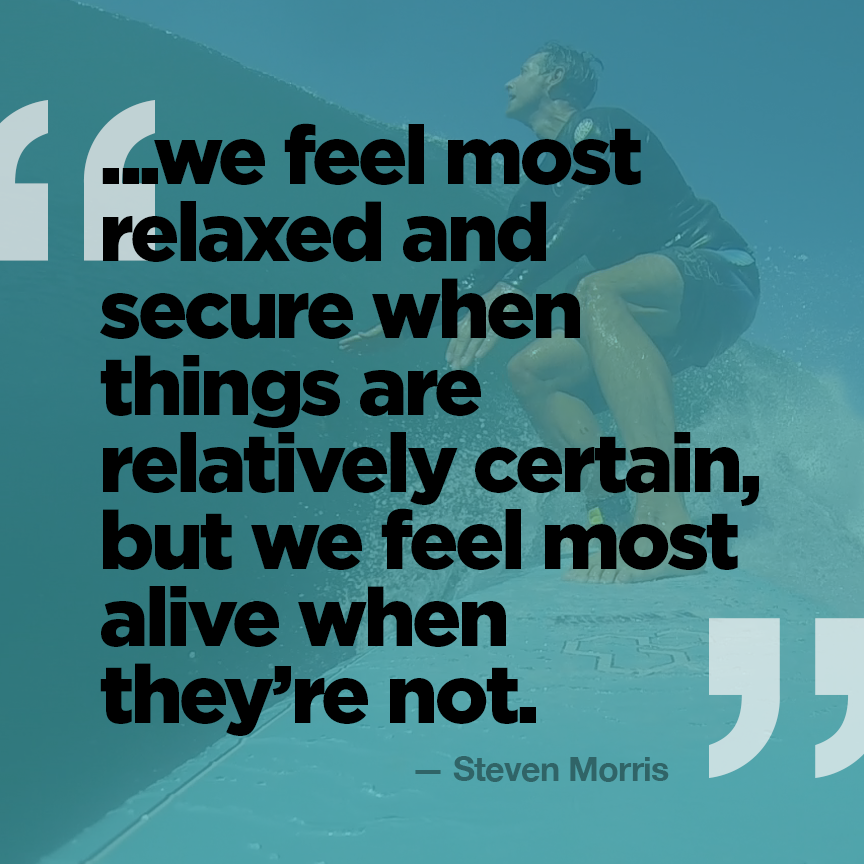
The Possibility Paradox
How Companies Transition from Risk to Reward.
Organizations across the globe in every sector and regardless of size are constantly confronted with one never-ending challenge and opportunity: innovation.
By innovation, I don’t mean the small leaps of product or service improvements like we see in slightly improved smartphones with additional features that hit the markets. Rather, by innovation, I mean real courageous leaps that include completely new products or services, new ways of working, producing, and thinking.
Some examples of real innovation include: Software as service (SaaS), Apple’s iPhone App ecosystem, virtual reality, how microwave ovens changed the way we cook, email that changed the way we communicate, solar energy technology, and how Uber and Lyft changed the way we get around. Each of these innovations has had exponential effects on industries, culture, and scores of individuals.
Real innovation is not easy to come by. It takes deep noticing, grit, constant curiosity, experimental hard work, ingenious creative thinking, and, most especially, courage.
The reason that courage is the most important ingredient in innovation is that real innovation will take us out of our comfort zone and deep into the realm of “this might not work.” This is the land where entrepreneurs are most comfortably uncomfortable. Innovative leaders learn to live there, to breathe the thin air there, to trust their heart, gut, intuition, and the visionary fortitude it takes to get to the other side.
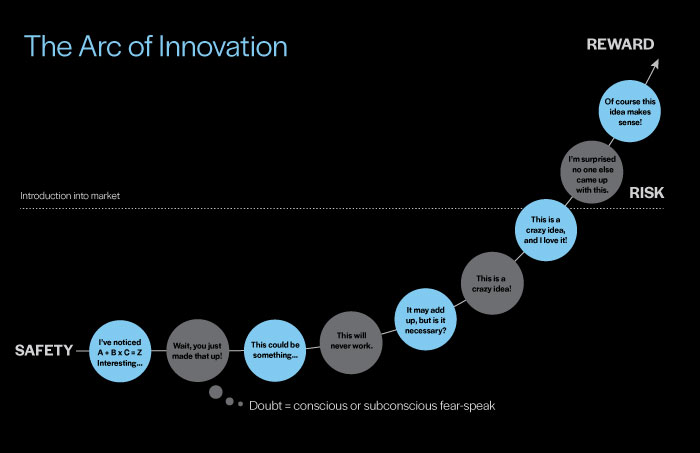
Here’s the paradox.
As humans, we need some sense of security and safety in order to be creative. Maslow made a clear case for this. In fact, it’s nearly impossible to access creative thinking when we’re in crisis. But, if we stay in the comfy blanket of safety all the time, we get bored, we take no risks and no real innovations happen.
We’re wired to both move the world forward with our innovations and also live with a sense of safety while we’re working to innovate. Continuing with the paradox, we feel most relaxed and secure when things are relatively certain, but we feel most alive when they’re not.
There is a continuum in the innovation realm that plays on a combination of our insights, fears, doubts, and intuition. Before something completely new is born out into the world, a see-saw process of exploration, questioning, intuition, and doubt tends to take place.
For innovators, entrepreneurs, artists, designers, and creators, there are a few key things to keep in mind.
First, innovation is a resource available to anyone. Part of its beauty is it is a limitless resource and everyone has access to it. You simply have to choose it and endeavor upon its path.
Second, innovative living and working are choosing the path of curiosity over fear. By choosing the journey of curiosity, we choose a more flexible, open, and courageous way of working, which opens up new worlds, solutions, and ways of seeing.
Third, choosing the path of curiosity we also choose to work wholeheartedly. The remedy for disengaged workforces, or sometimes even burnout is wholeheartedness.
Innovators, creatives, artists, and forward-thinking entrepreneurs live in the world of possibility. Those wired in this fashion seek out surprises. Again rises the paradox. By seeking surprise, we live with wonder. When we have too much surprise, we experience anxiety, but when we don’t have enough, we get bored and disengaged.
Curious innovators welcome surprise in their lives.
We see the world with a curious eye, talk to strangers and people who are unlike us, travel to unknown places, or ask questions we’ve never asked before and ones that don’t have easy answers. And ultimately, we choose to live a more wholehearted life and do our work guided by curiosity over fear.
If you want a more trusting team, a culture of belonging or a magnetic brand that attracts more of the right customers, I can help. If you'd like to explore if working together makes sense, drop me a line.




